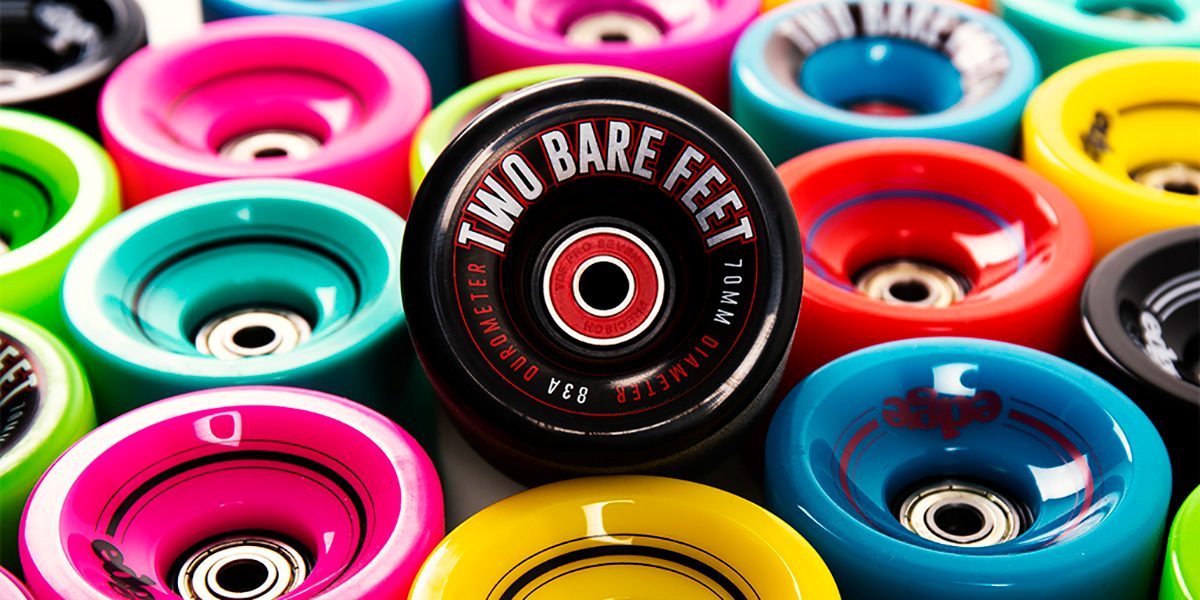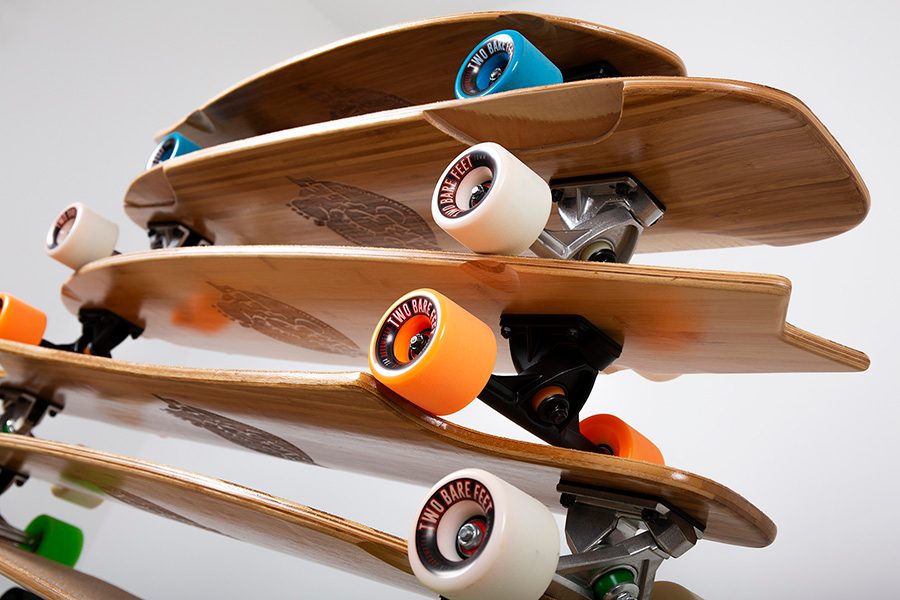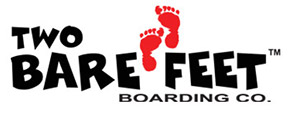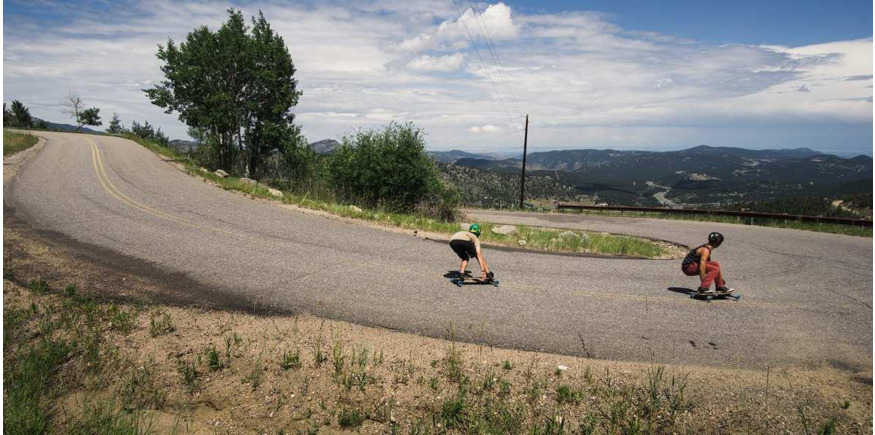While longboarding is its own subset of skateboarding, it also contains a number of disciplines in its own right, i.e. cruising, dancing, freeriding and racing. All of these specialisms benefit from specific hardware setups to fully maximise performance in each area. This can mean customisation of parts: decks, trucks, bearings, bushings and certainly wheels.
One discipline in which having the right wheels matter is downhill longboarding, which often falls into the category of freeriding. As you are regularly riding at high speeds, it’s important that your point of contact on the tarmac offers a good amount of grip and control.
If you need to brush up on your longboard terminology before getting into the specifics below, take a look at our longboard wheels guide for all the basics relating to skateboard wheel sizes, cores, hardness rating, materials and more.
Longboard wheel size/diameter for downhill skating
Generally, we recommend wheels 70–75mm in diameter. This is middle ground when it comes to the sizing scale; we believe this offers a great balance. If you go for wheels that are too small, it can make your longboard harder to control at higher speeds. You may also find them slower and they will wear faster as you slide to brake and control speed.
Wheels that are too big could cause wheel-bite; if the wheels make contact with the underside of the deck it can easily throw a skater off. Big wheels can also make sliding more difficult as the larger contact patch offers more grip.
Downhill longboard wheel durometer
Durometer measures the hardness of a set of skateboard wheels. This scale runs from 73a–101a, with the higher end being harder. Softer wheels at the low end of the scale provide greater grip; this is generally favourable for downhill riding. While bombing hills at speed, grip is certainly your friend.
However, there is an argument for not going too soft. There will always be times when riding downhill that you need to slow yourself down. The most effective and stylish way to do this is by sliding.
With an extremely soft wheel, it can be very difficult to break the grip on the tarmac and initiate a slide. This is why we recommend going for a durometer rating in the high 70s or low 80s, such as our Sessions wheels.

Longboard wheel lip profile
The lip profile refers to the shape of a longboard wheel’s edge. Generally, there are three different types: round, square and bevelled.
Round edge
Round-edged wheels are probably the most popular across all disciplines and they do provide a great platform for downhill skating. They build speed very quickly and slide really well thanks to the rounded edge which allows you to break your grip on the tarmac.
Square edge
Square-edged wheels are also popular for downhill longboarding as they generally offer the most grip. They are more stable through high-speed turns: the square edge presses into the tarmac, meaning the whole wheel is in contact with the ground. Compare this with a round edge, which curves away from the ground.
When choosing between round and square, it’s best to think about your priorities when riding: are you more concerned with control and grip, or do you want a board that you can slide?
Bevelled edge
If you’re struggling, then there is a third option. Bevelled-edge longboard wheels are essentially a hybrid of round- and square-edged wheels. The edge of the wheel is machined or moulded at an angle to the rest of the face of the wheel. They work excellently for riders who like to do a bit of downhill racing, because they still provide grip. However, when you want to slide to control your speed, you can still get the board sideways.

Longboard wheel core placement
There are three different core placement options offered by longboard wheel manufacturers: centre-set, back-set and offset. Skateboard bearings sit inside the core of the wheel; the ‘core placement’ refers to how far to the side a wheel’s bearings are positioned. Which you choose can have a significant impact on how the board slides – in terms of how easy it is to break free, and how it feels when in the slide.
Centre-set cores
The core of the wheel is central to its width, so the bearings sit right in the middle of the wheel. Centre-set cores are a popular choice among downhill riders as they last the longest. This is because they wear down evenly, thanks to even weight distribution.
A centre-set core also has the advantage of being able to be flipped. If your outside edge is wearing faster you can just turn them over.
Back-set cores
This configuration aligns the core with the inner lip of the wheel and produces the least amount of grip of the three types. This makes them great for sliding, as less force is needed to break the grip on the ground. However, less grip means they can be harder to control during a slide, as well as cornering in general. They are a fun wheel for riders who love to get sideways whilst bombing hills.
Offset cores
An offset core is placed between the back edge and centre of a wheel. It’s probably the best option for experienced downhill skaters who want the best of both worlds. Due to the core not being central, they are easier to slide than a centre-set core wheel but provide more grip than a back-set core wheel.
We hope the above explains all you need to know about downhill longboard wheels. If you do have questions, please feel free to contact our customer service team. They’ll be happy to point you in the right direction: whether you’re looking to upgrade your wheels or buy a complete longboard setup for the first time.




